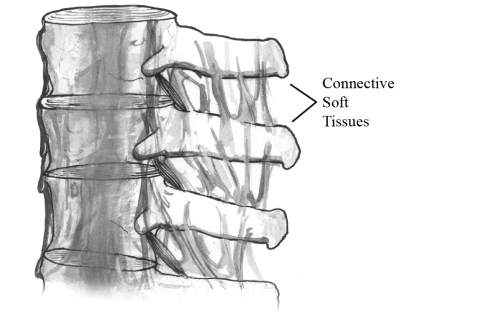Manipulation/Chiropractic Adjustment
The position and movement of the joints and articulations in your body are very important. Most people know that chiropractors make “manipulations” or “adjustments” to the spine (the two words are, for the most part, interchangeable). Some people also know that chiropractic adjustments can be made to both the upper and lower extremities, to correct misalignments. What most people don’t know is that chiropractic adjustments don't change bones, they change connective soft tissues. Bones are made of hard tissues that form your body’s frame, and changing a bone would mean something like a fracture. The idea of a chiropractic adjustment is to use the bones as levers to stretch the deep connective soft tissues that hold the bones together.

People can readily stretch the muscles of their back and maybe even large sections of connective tissue such as bands of fascia or long ligaments, but they cannot isolate the movement to any one segment of their spine. That’s what a chiropractic adjustment does─targets a specific segment of the spine for mobility and moves the vertebrae thus stretching the connective soft tissues holding that segment of the spine together. There really is nothing more direct to therapeutically affect a small ligament, short tendon, or joint capsule of the spine than to make a chiropractic adjustment.
So the next time you hear someone say they need to get their bones cracked, remind them that bones don’t crack unless they’re broken. It’s the joint space between bones that opens to stretch the connective soft tissues during a chiropractic adjustment that gets the job done.
We use many different forms of chiropractic adjustment including:
- manual diversified manipulation
- drop-table adjustment
- flexion distraction adjustment
- sacral block adjustments
- Arthostim® instrument adjustment
The first on that list typically involves an audible joint release (pop), while the others do not. Which techniques we use in any particular case depends on the patient’s comfort and specific preferences, as well as the nature of the condition being treated.
